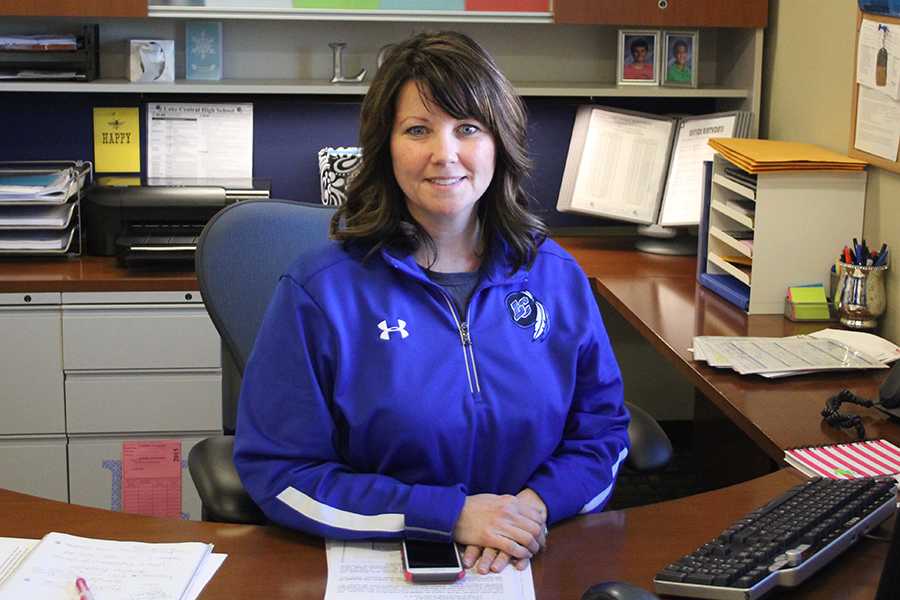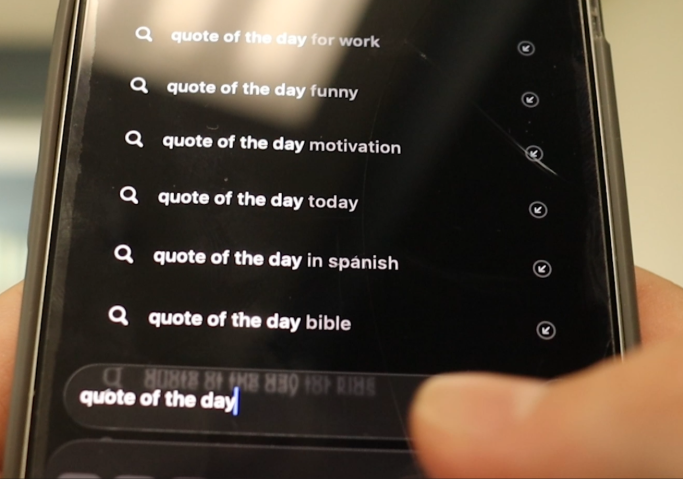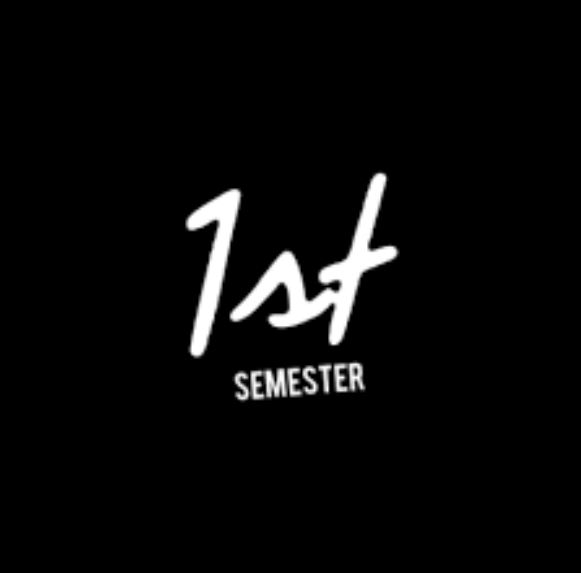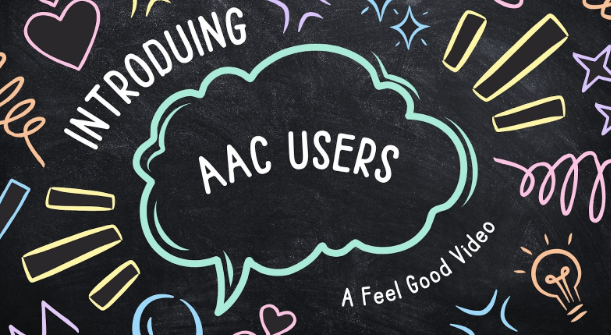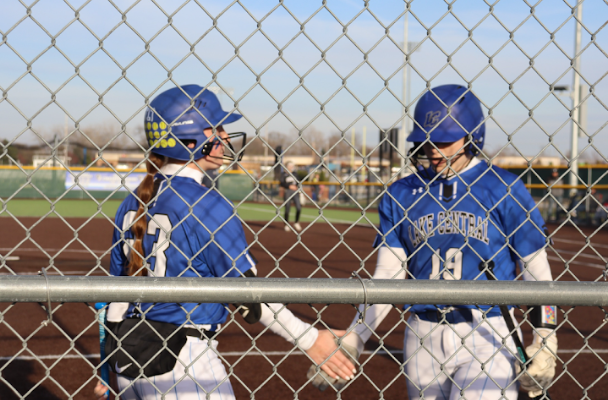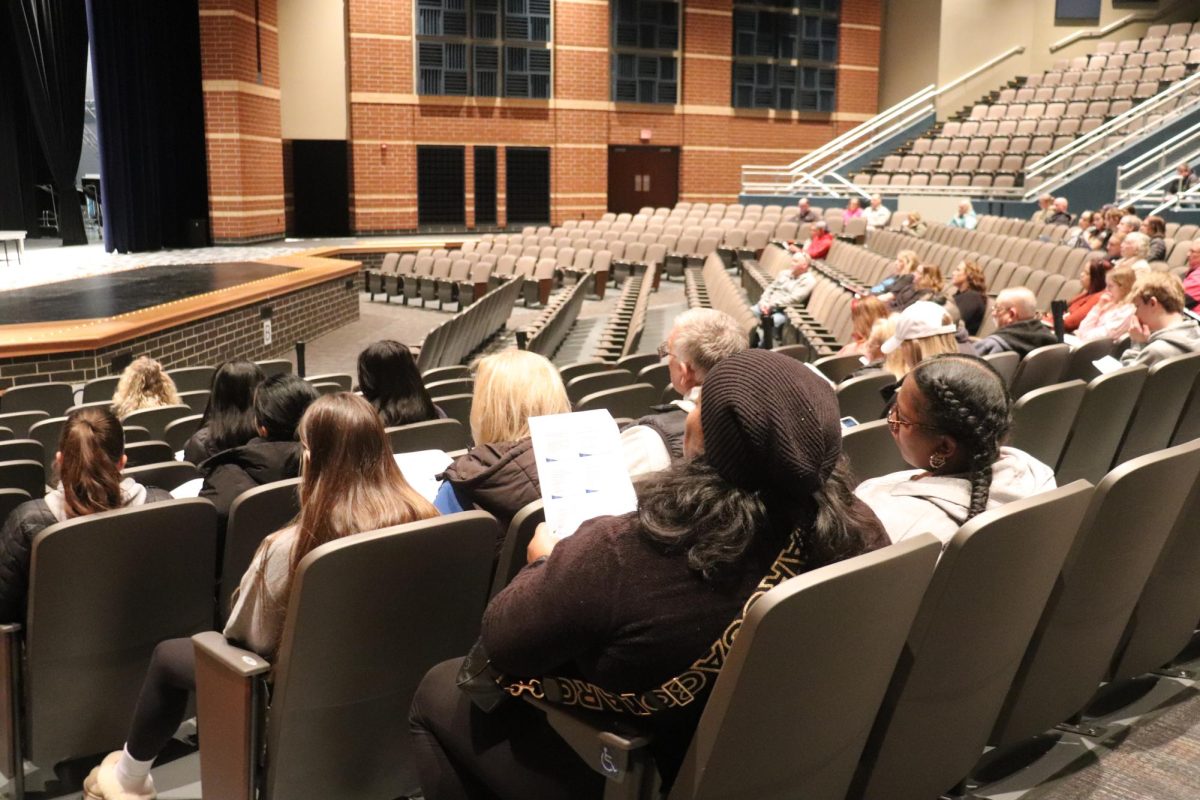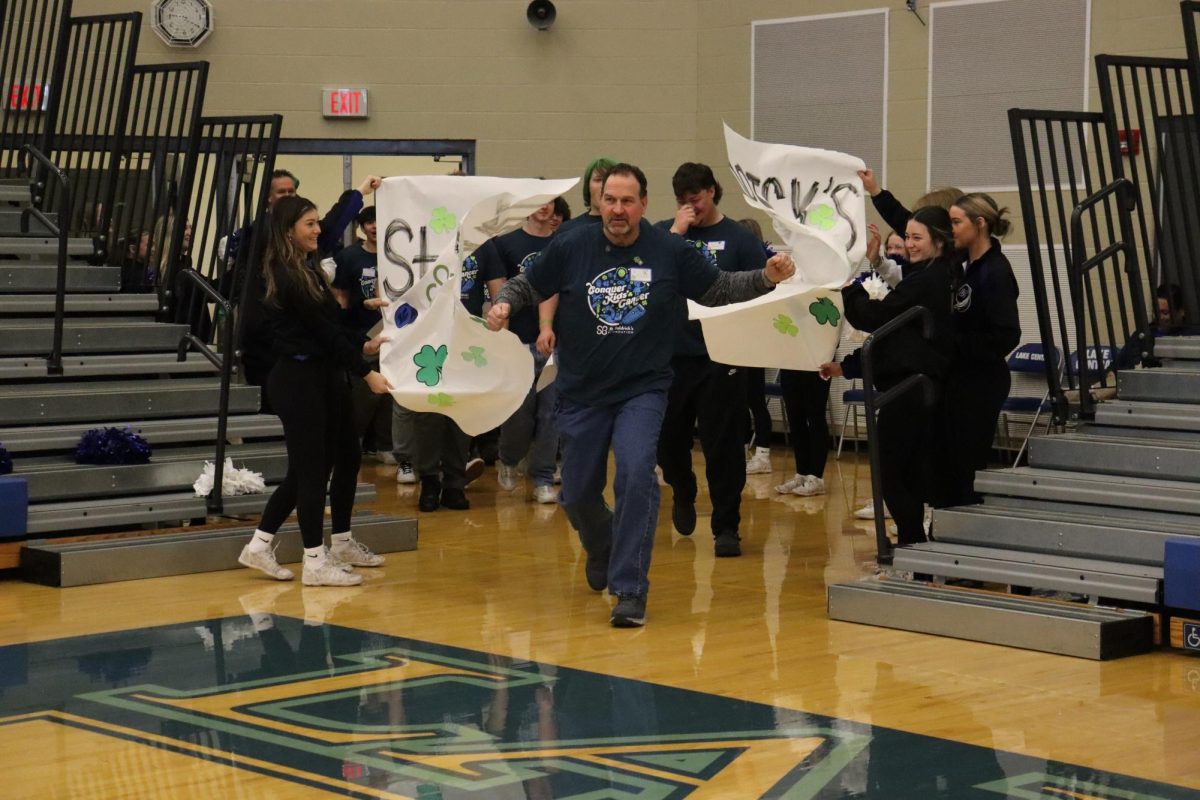Q: How does the scheduling process work?
A: The way scheduling works is students go in around this time of year and they put in what courses they would like to see next year. The master schedule has not been built yet, [so] they are just putting in a request. Then what they do is after we gathered all the requests, which is going to be a lot, we have to take all of those and figure out how many sections of each class we offer.
Q: What factor should influence what classes students take?
A: There are pathways that students should all be thinking about. It’s whatever you are interested in becoming at some point. There are going to be specific classes that you should take to prepare you for that path. If you want to be a machinist, you should take the machine classes.
Q: How do the classes they choose influence their future?
A: In a lot of cases, the classes that you take may help you get into a particular program in college or if there is a certain program you want to get into.
Q: What are some challenges that come with scheduling?
A: The whole thing is a challenge [because] you have got 3200 moving parts. That is why it is a very long process.
Q: How does the school choose the classes they offer?
A: The new classes that we offer go through a process where there is a scheduling committee where teachers are able to put in a new course recommendation, and it had to be a state approved course. The teachers had to put why it benefited students and there was a whole application process.
Q: Why is it important to get scheduling done early?
A: There is no rush for students. You just have to get it done by deadline, which is March 11. At that point we start building the master schedule, and we want to have good accurate data about what classes students are taking.



